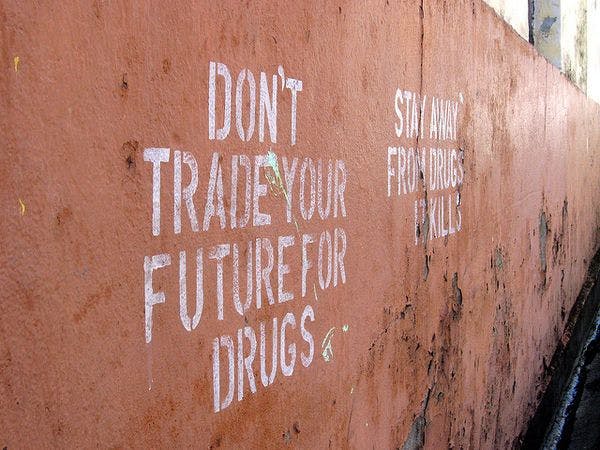Origins of the global anti-drug movement
By Professor Dr. M. Emdadul Haq
How many of us actually know that the origins of the United Nations' (UN) ban on harmful drugs go back to the imperial drug trade in Bengal from 1757 to 1925? A revisit to colonial history in South Asia would give us the right answer.
P. Godfrey, in a letter to Fort William in March 1757, indicated that the British East India Co. (BEIC) established its monopoly trade in opium along the West Coast by October 1754, and had 'prohibited' all other parties 'from trading therein'. A similar intent animated the BEIC for capturing the political throne of the Kingdom of Bengal within a span of three years. George Watt, in 1891, documented that the sudden attack by Siraj-ud Daula over the Kashimbazar military base broke the supply line of Patna opium to the British, and that led to the Battle of Plassey in the following year. A similar content was maintained by James F. Finley in 1894, that suggests Siraj-ud Daula's attack drove the English merchant out of the drug market, with the 'cultivation of opium being greatly restricted'.
Upon capturing state power, the BIEC founded the Bengal Government Opium Monopoly in 1773. China became the major market where the British smugglers forcefully drifted illicit opium into different port cities. It resulted in 30 percent addict population in China, of whom 10 percent were chronic patients, coupled with the losing of silver currency to the British. In a futile attempt, the Chinese Emperor had banned opium trafficking in 1800, and were then locked into Opium Wars against the naval coalition led by the UK at the turn of the 1840s and then in mid 1850s. China lost 20,000 marine soldiers and had to recompense costs of War every time.
Click here to read the full article.
Keep up-to-date with drug policy developments by subscribing to the IDPC Monthly Alert.
Thumbnail: Flickr CC Jenni Konrad
